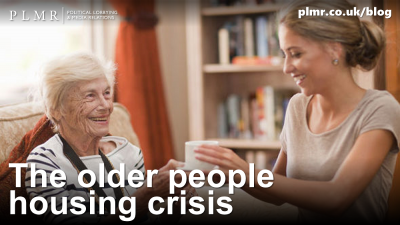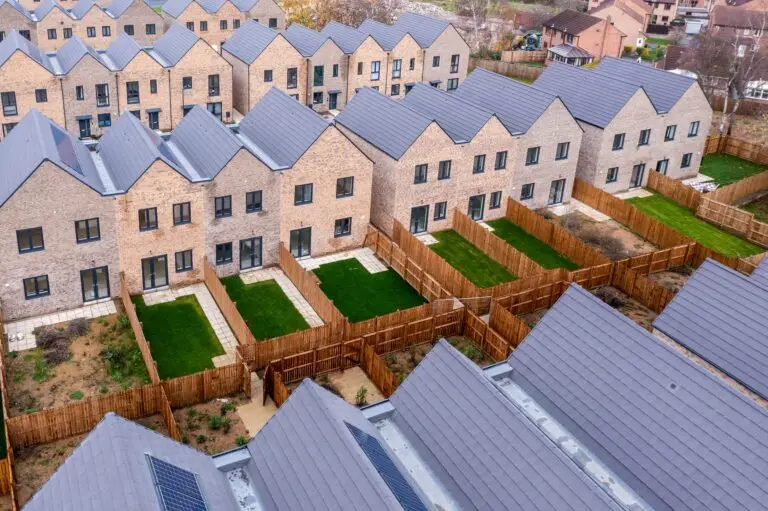The fact that we need to build more homes across the UK is widely recognised and oft-reported. The average price of a family home across England is now nearly seven times people’s income, and in areas like Oxford, that figure rises to 16 times average salaries. As a result, for the first time since records began, Census figures show that home-ownership is now falling. Politicians recognise the importance of the issue: in this year’s London mayoral elections both leading candidates cited tackling the housing crisis, and particularly the need for more affordable housing, as their key pledge to the capital’s electorate were they to be elected. How Sadiq Khan goes about addressing the issue remains to be seen.
By and large, this crisis is seen as one that impacts on the young, with millennials gaining the unwanted sobriquet ‘Generation Rent’. However, whilst there’s no doubt that young people face a significantly greater challenge getting on the property ladder than previous generations, they are not alone in being seriously impacted.
An often overlooked demographic in relation to housing is the country’s growing elderly population. As people live longer, and as expectations change about what living into old age means, increasing numbers of older people are finding that the housing options available to them are either unsuitable, or simply don’t exist. For some, this is a challenge they have sought to meet themselves.
One such group are those establishing co-housing partnerships, to provide solutions for older people, often single, who want to maintain their independence and benefit from a neighbourly support network at the same time. In London, Older Women’s Co-Housing (OWCH) is creating a new housing community to meet the needs of those who no longer want to live entirely alone, but do not want to move into the traditionally available options of retirement flats, sheltered accommodation or a care home.
As OWCH’s experience shows, the co-housing model doesn’t provide an overnight solution – their vision has taken 18 years to evolve from a shared aspiration to a fully realised development (OWCH members will be moving into their new homes in October). These entrepreneurial women have had to build partnerships with a range of other bodies, including the local authority and a housing association, to bring this project to fruition.
However, by taking control of their own destiny this group has created a bespoke housing solution to meet their needs, one that does not fit in with the one-size-fits-all approach they felt was on offer from traditional sources. Whilst innovative models like this are not going to solve the housing crisis alone, they could yet form an important part of the mix, and could be vital in meeting the needs of those under-represented groups that don’t easily fit into policy boxes, but still need good quality housing.




